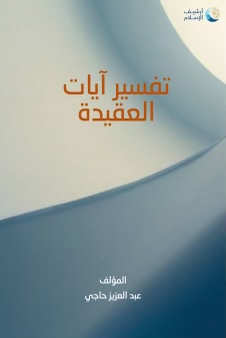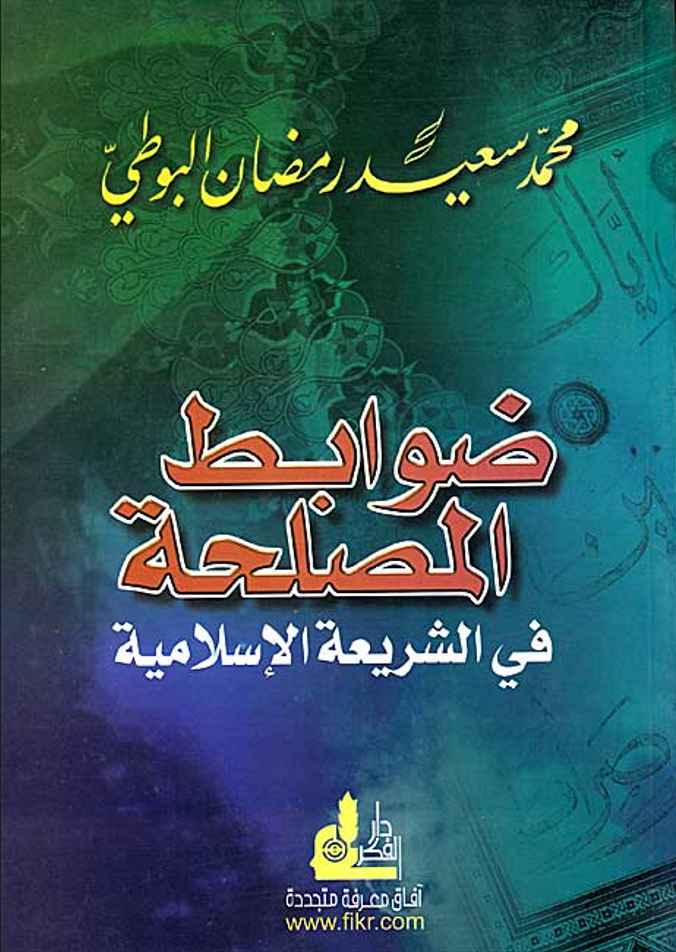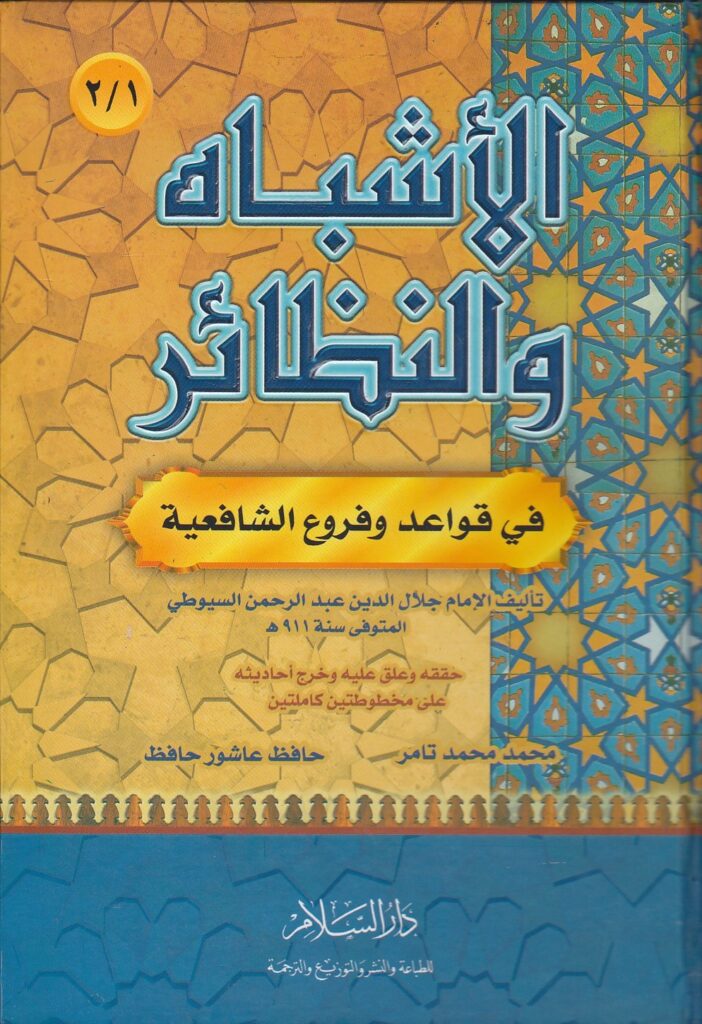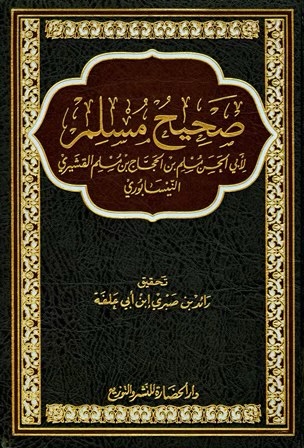Sixth Year
Tafsīr (Quranic Exegesis) cum ʿAqīdah (Islamic Tenets)
This contemporary seminal masterpiece explores the development of Islamic creed both historically and within the exegetical works. This displays a diachronic study of the role that kalām (scholasticism) played within the understanding of the Qurʾān. The work also explores the contributions of exegetes from various Islamic theological ideologies and sheds light on their hermeneutics within the theological subject matter of the Qurʾān.
The objectives of this course are to:
- understand the verses that deal with aspects of belief through the lens of exegetical works.
- anchor the fundamentals of the Islamic creed within the texts of the Qurʾān and Hadith.
- appreciate the contributions made by exegetes from various Islamic theological ideologies.
Course Material
Tafsīr Āyāt al-ʿAqīdah
by ʿAbd al-ʿAzīz Ḥājī

Uṣūl al-Fiqh (Islamic Legal Theory)
The concept of maṣlaḥah (public interest) is engaged within the context of the legal philosophy of the Sharīʿah. It is compared against the utilitarianism of Mill and Bentham. After establishing the position of maṣlaḥah in the Sharīʿah, the mandatory parameters within which it operates, and the violation of which constitutes unwarranted use of maṣlaḥah, are clearly identified. An excursus deals with the status of the maṣlaḥah mursalah in not just the Mālikī school but all four schools.
Maqāṣid al-Sharīʿah is also engaged with through a contemporary and comprehensive study on the objectives of the Sharʿīah. The course material explores the history and development of the theory of maqāṣid through the lens of Imām al-Ḥaramayn, al-Ghazālī to al-Shāṭibī to scholars of today. The study also covers the methods and ways of identifying the maqāṣid and the types of maqāṣid. It also discusses the relationship between maqāṣid and sources of Islamic law.
The objectives of this course are to:
- understand the legal philosophy of the Sharʿīah.
- understand that the Sharīʿah always considers the maṣlaḥah in passing laws.
- understand the parameters through which the maṣlaḥah should operate.
- protect the Sharīʿah from unwarranted use of maṣlaḥah for the sake of abusing Islamic laws and its ethos.
Course Material
Ḍawābiṭ al-Maṣlaḥah
by Muhammad Saʾīd Ramaḍān al-Būṭī (d. 2013)

Maqāṣid al-Sharīʿah al-Islamiyyah wa ʿAlāqatuha bi al-Adillah al-Sharʿiyyah
by Muhammad Saʿd b. Aḥmad b. Masʿūd al-Yūbī

Fiqh (Substantive Islamic Law)
The subject explores substantive fiqh in the cross-referenced, non-chapter specific approach that focuses upon parallelism and similitude between points or areas of fiqh. As such, Imām al-Suyūṭī covered seven major chapters in his al-Ashbāh wa al-Naẓāʾir. The chapters consist of:
- The five major legal maxims that are the axis of fiqh masāʾil.
- General legal maxims that cover an unlimited number of masāʾil.
- Twenty legal maxims upon which preference cannot be generalised for its application in furūʿ differs.
- Recurring aḥkām that a jurist should know.
- Similitudes in fiqh.
- Parallelism and dissimilarities in fiqh.
- Miscellaneous content related to fiqh.
The objectives of this course are to:
- impart in the student the understanding of broader aspects of fiqh.
- impart in the student the ability to apply the qawāʿid fiqhiyyah to matters of fiqh.
- nurture the acuity and keenness required for dealing with legal exigencies.
Course Material
Al-Ashbāh wa al-Naẓāʾir fī Qawāʿid wa Furūʿ al-Shāfiʿyyah
by Jalāl al-Dīn ʿAbd al-Raḥmān b. Abī Bakr al-Suyūṭī (d. 911 AH)

Ḥadīth
Ṣaḥīḥ al-Bukhārī is one of the most authentic ḥadīth collections studied in the ḥadīth module. It is believed to be the most authentic book after the Holy Qurʾān. In his collection, he covered all aspects of Islam through the teachings of the Prophet Muhammad (S.A.W). Hence, the book covers matters of belief, knowledge, worship, social conduct, etc.
Ṣaḥīḥ Muslim is the second most authentic collection of ḥadīthafter Ṣaḥīḥ al-Bukhārī. Like Ṣaḥīḥ al-Bukhārī, the book covers almost all aspects of Islam through the words of Our Prophet Muhammad (SAW). Though it is second to Ṣaḥīḥ al-Bukhārī as far as authenticity is concerned, its layout is far better and easier than Ṣaḥīḥ al-Bukhāri for a student of ḥadīth.
The objectives of this course are to:
- read the canonical ḥadīth texts focusing on both mutūn and asānīd.
- read aḥādīth from one of the most authentic sources of ḥadīth collections.
- learn matters of dīn directly from the aḥādīth of the Prophet (S.A.W).
- understand fiqh from the aḥādīth read.
- navigate Imam al-Buhāri’s presentation of the correct Sunnah and life of the Prophet Muhammad (S.A.W).
- extrapolate positive laws from the aḥādīth of the Prophet Muhammad (S.A.W).
Course Material
Ṣaḥīḥ al-Bukhārī
by Muhammad b. Ismāʿl al-Bukhārī (d. 256 AH)

Ṣaḥīḥ Muslim
by Muslim b. al-Ḥajjāj al-Qushayrī (d. 261 AH)

